Best Romantic Weekend Getaways in Ohio

Searching for the best weekend getaways in Ohio for couples? What a great idea! For me, after a whirlwind city week, slowing down in the Buckeye State is a dream come true, whether you love beaches like I do or a country escape (my husband's go-to!). I’m sharing my favorite ways to spend a cozy 48 hours re-setting in Ohio, and I hope you enjoy them too.
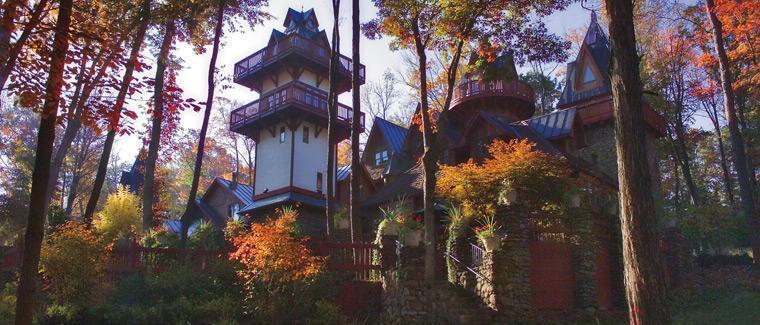
1. Landoll's Mohican Castle - 1 hour 30 minutes from Columbus, OH
We absolutely love Landoll's Mohican Castle, and have been many times. This is one of my favorite weekend getaways in Ohio, and honestly, it feels like one of the most underrated luxury escapes in the U.S. Why? First off, driving up the winding road and seeing the castle’s towers rise above the trees is absolutely spectacular. Trust me, it felt like discovering a hidden gem in the Midwest...
When we arrived at Landoll’s Mohican Castle in Loudonville, I immediately felt like we had stepped straight into a magical, mysterious fairy tale hidden deep in the forest.
Our suite for three days had rustic wood beams, a cozy fireplace, and big windows looking out into the forest that I never wanted to leave. Staying there gave us a joyful sense of both comfort and adventure while celebrating my husband's birthday.
Dining at the Copper Mug Bar & Grille on-site was one of my favorite parts. The food tasted hearty and delicious, and the setting made it even more memorable on our romantic getaway. Just be sure to call the restaurant well ahead to book your table, especially on weekends!
At night, the castle glowed under soft lights so it was exciting to sit outside, sip a drink, and watch the stars emerge over the treetops.
I recommend going during the warmer season so that you can hang out outside more, although I have to say that it's magical year-round! There's the fall season when everything is spectacular (we came for two nights for the second time). And finally there's December when Christmas decorations at Landoll's Mohican Castle are very dreamy! If you visit when it's cold out, you can book one of their private heated greenhouses for an extra romantic dinner setting!
Nearby, we also checked out Malabar Farm State Park 25 minutes away. If you are a fan of the famous movie "The Shawshank Redemption", you can do a self-guided driving tour of The Shawshank Trail with 15 filming sites!
- Location: Map & Directions
- To book, check availability or prices for the 4-star Landoll’s Mohican Castle
Landoll’s Mohican Castle is one of the best romantic getaways in Ohio because it's part fantasy, part retreat...it's unforgettable!
What I loved best:
My personal highlight was wandering around the grounds, exploring garden paths and tucked-away corners. I thought it was the coolest mix of history, nature, and fantasy.
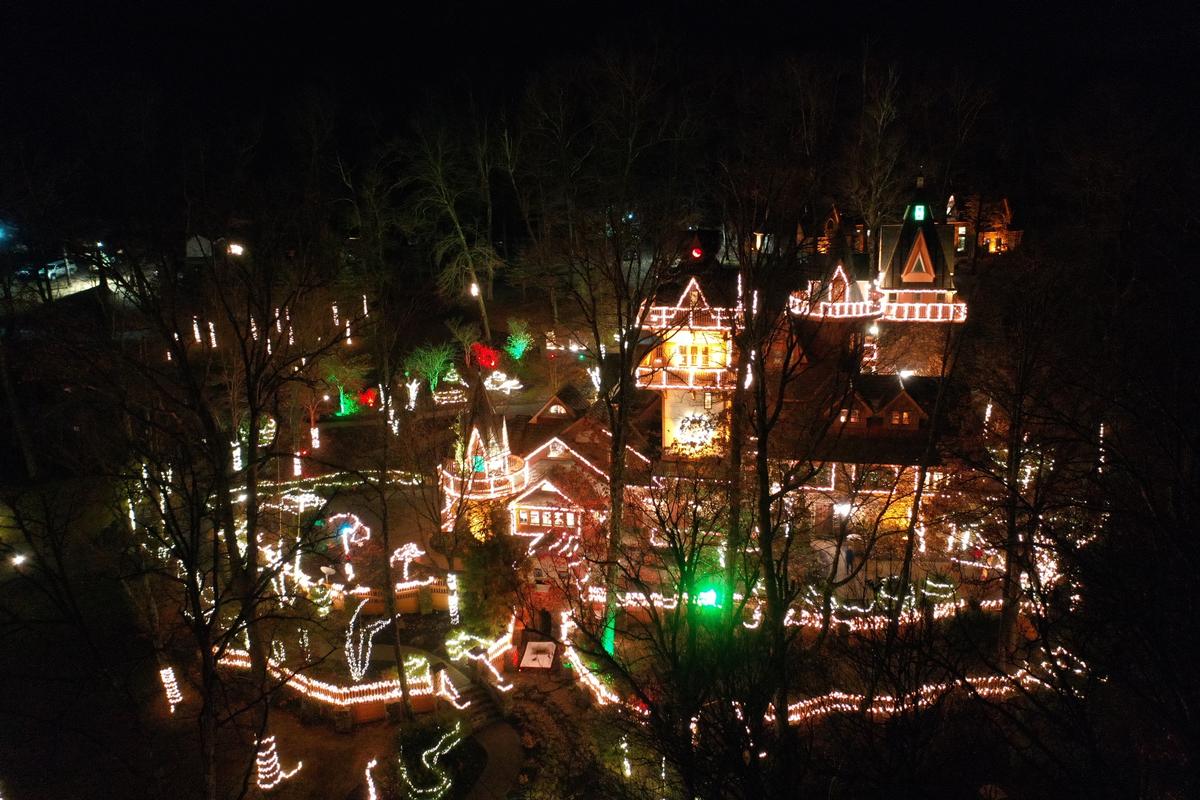
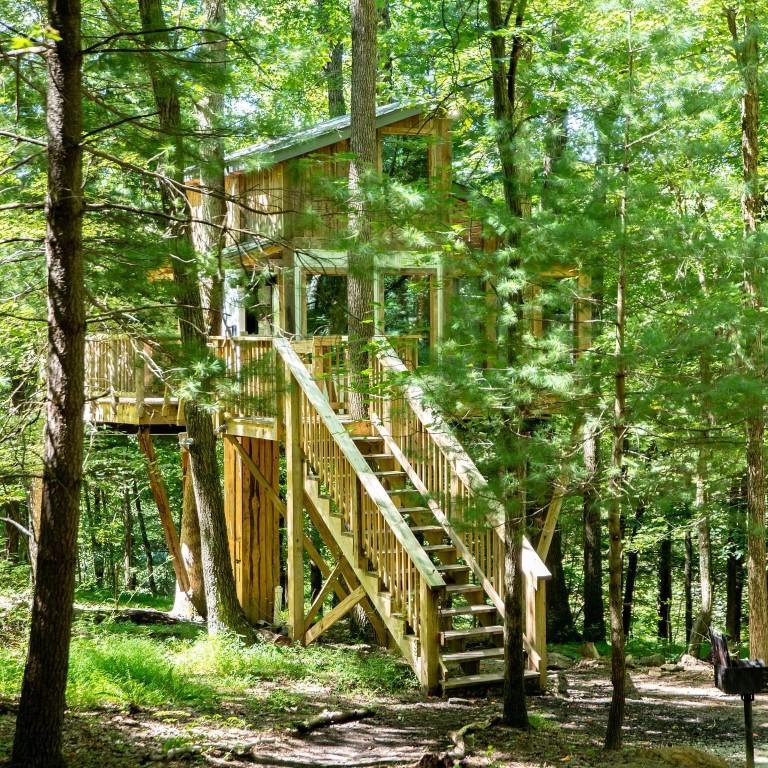
2. The Mohicans - 1.5 hours from Columbus
Tucked deep into the rolling hills of Ohio, this spot instantly won me over as one of the coolest and most unusual getaway spots I’ve ever found. If you are looking for a unique treehouse hotel near you, this is a hidden gem that feels like stepping into a dream for a nature enthusiast!
Some of my favorite features were tall tree surroundings, trails, and birds and I couldn’t stop thinking that The Mohicans was one of the most underrated and exciting stays in the Midwest.
Our treehouse cabin for two days was absolutely magical, with rustic wood details, cozy furnishings, and big windows that let in both the forest light and the stars at night. It was one of my favorite features...falling asleep under the glow of moonlight felt almost otherworldly.
- Location Map
- To book, check availability or prices for The Mohicans
What I loved best:
What amazed me most was the balance between the rustic experience and boutique-level comfort, a real standout. Even though I was “off the grid” in the treetops, I still had air conditioning, Wi-Fi, and all the modern essentials.
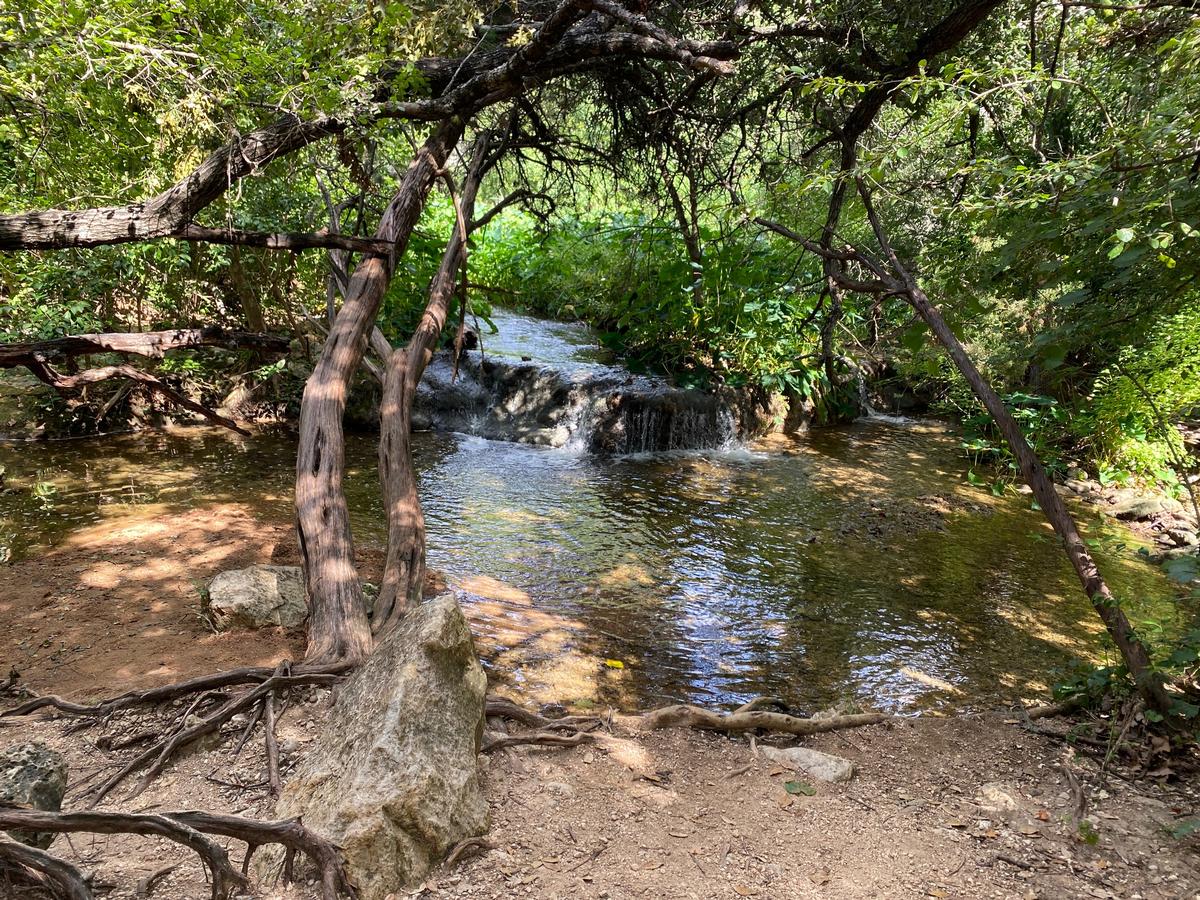
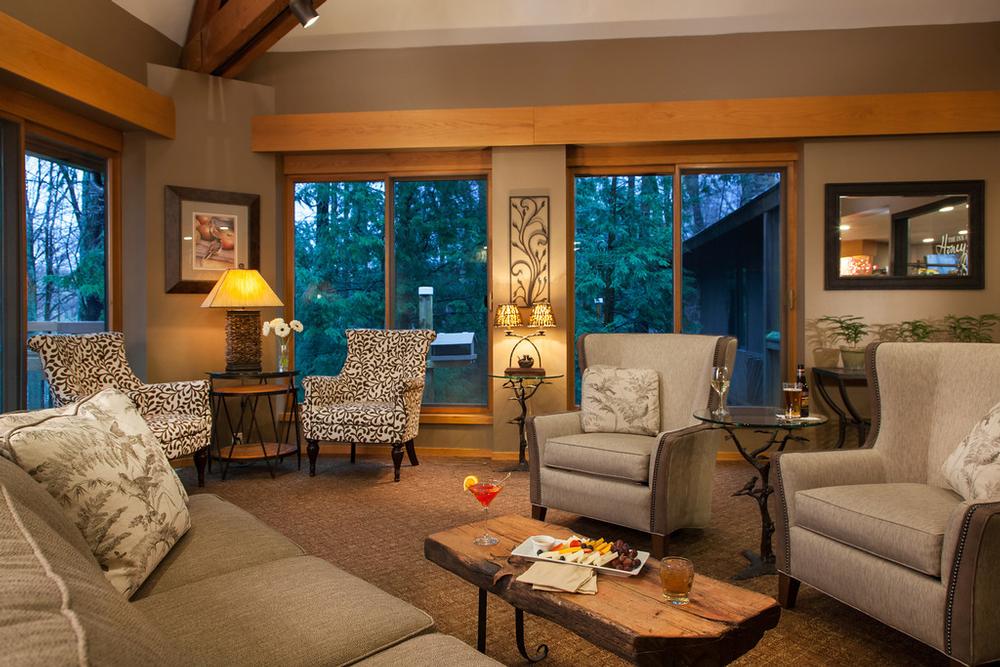
3. The Inn at Honey Run, Ohio - 1 hour 30 minutes from Columbus
When we arrived at this inn in Ohio’s Amish Country, I immediately felt wrapped in peace. All the beautiful nature of the quiet woods made it feel like a true escape from everyday life, and the inn quickly became one of my favorite weekend getaways.
We loved driving through the countryside, passing red barns, horse-drawn buggies, and neatly kept farms that seemed untouched by hurry. Everything felt calm and grounded, as if the world had collectively agreed to take a deep breath.
We checked into our room for two days where I especially appreciated the big windows that made you feel like you're living in a forest. It inspired us to head outside and do some hiking in the woods on our first day there.
One of my favorite parts was dining at Tarragon, the on-site restaurant. You could really taste that the food was super fresh (and also locally sourced). You don't get that kind of flavor unless it's been picked a day before!
I thought that the onsite Holmes County Open Air Art Museum was a place of mystery with art that was part of the nature, a true hidden gem. There were also various birding stations where we saw finches, cardinals and bluebirds (and squirrels of course!)
I thought it was lovely how the 3-star Inn at Honey Run offered so many ways to unwind. You can sit next to cozy fireplaces, on your private balcony, and even hillside in one of their honeycomb rooms built right into the landscape.
- Location: Map & Directions
- To book, check availability or prices for The Inn at Honey Run
What I loved best:
I loved how the atmosphere encouraged us to slow down, disconnect, and really appreciate the beauty all around us. At sunset (a real standout!) I was really appreciative of all the magic and natural beauty around us that made everything feel special.
A downside? Having to drive for many nearby town amenities.
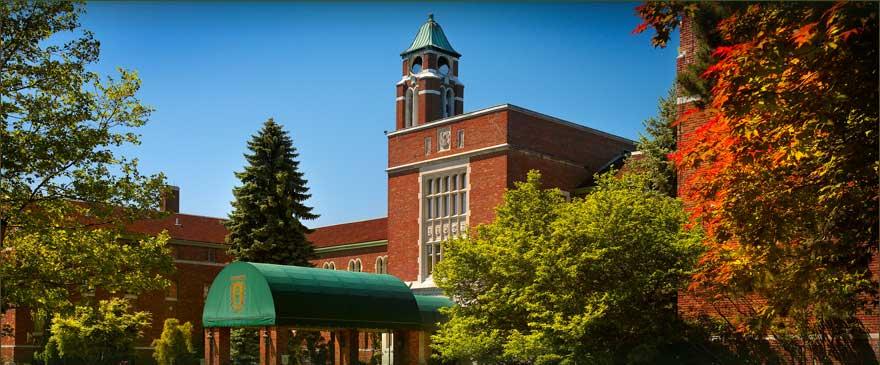
4. The Bertram Inn at Glenmoor - 2 hours from Columbus
This inn with its grand, castle-like architecture made one of the coolest weekend getaway from Columbus. Why? First off, I thought that it was shrouded in mystery and in addition it looked more like a European estate than an Ohio getaway.
I loved how the 4-star Bertram Inn was tucked into a peaceful golf community, a hidden gem right in the Midwest that completely won me over.
Our room for two nights was spacious, inviting, with plush bedding and warm decor that gave us a joyful sense of relaxation from the moment we checked in.
I thought it was awesome how the inn offered so many ways to recharge, whether I wanted a 60-minute massage in the morning or just a 20 minute swim in the pool in the afternoon.
Later, we walked around the grounds at sunset, and the castle-like towers glowing against the sky were absolutely the coolest sight of the day.
Next day we were feeling energized and headed to Canton Museum of Art (a great art outing!), William McKinley Presidential Library & Museum, and First Ladies National Historic Site (amazing spot for history buffs!). If you have more time, there's also the Canton Classic Car Museum and MAPS Air Museum. I thought that The Troll Hole Museum in nearby Alliance that holds the Guinness World Record for the largest collection of troll dolls was quite mysterious and a weird hidden gem. You can also pick up a gift here.
- Location: Map & Directions
- To book, check availability or prices for The Bertram Inn
What I loved best:
Dinner at the on-site restaurant was my personal highlight. They served delicious dishes in an elegant atmosphere that made the evening feel special.

5. A Water's Edge Retreat - 3 hours 10 minutes from Columbus
This is the kind of place that feels like a true escape and is one of my favorite Ohio romantic weekend getaways on the shores of Lake Erie! I love that it has this rare ability to balance comfort and tranquility all in one. From the moment I arrived, I felt like I had discovered a hidden gem that only a few lucky travelers get to experience.
The retreat itself is surrounded by natural beauty with water on one side (hence its name), and lush greenery on the other. Everything about it encourages you to slow down and take it all in. Sitting out on the porch and watching the lake shift colors throughout the day quickly became one of my favorite rituals.
You can trust that this is a special getaway because A Water’s Edge Retreat's the only three-diamond AAA rated inn in the area.
My guest room for three days was warm and welcoming, with just the right mix of elegance and coziness. Thoughtful touches made it feel personal, almost like staying at a friend’s lakefront home rather than a traditional inn. The view of the water from my window added to the sense of calm and made mornings especially peaceful.
Breakfast at the retreat was another highlight. Served fresh each morning, it felt like an experience in itself—homemade, thoughtful, and the perfect way to start the day before exploring the island.
Nearby we had a chance to explore Glacial Grooves, Kelleys Island State Park, Inscription Rock, Kelleys Island Historical Association Museum, North Shore Alvar State Nature Preserve and the Scheele Preserve).
- Location: Map & Directions
- To book, check availability or prices for Water’s Edge Retreat
What I loved best:
What I loved best was how staying here felt so restorative. Whether I was walking along the shoreline, enjoying the stillness of the property, or venturing out to explore Kelleys Island, I always felt like I had the best of both worlds: adventure close by, and serenity waiting for me back at the retreat.
I think that this place is one of the best romantic weekend getaways in Ohio. Why? The adored the peaceful lakeside setting, the way the retreat opens right onto the water makes it feel like your own private slice of Lake Erie. It's a unique and special place I haven't found anywhere else!
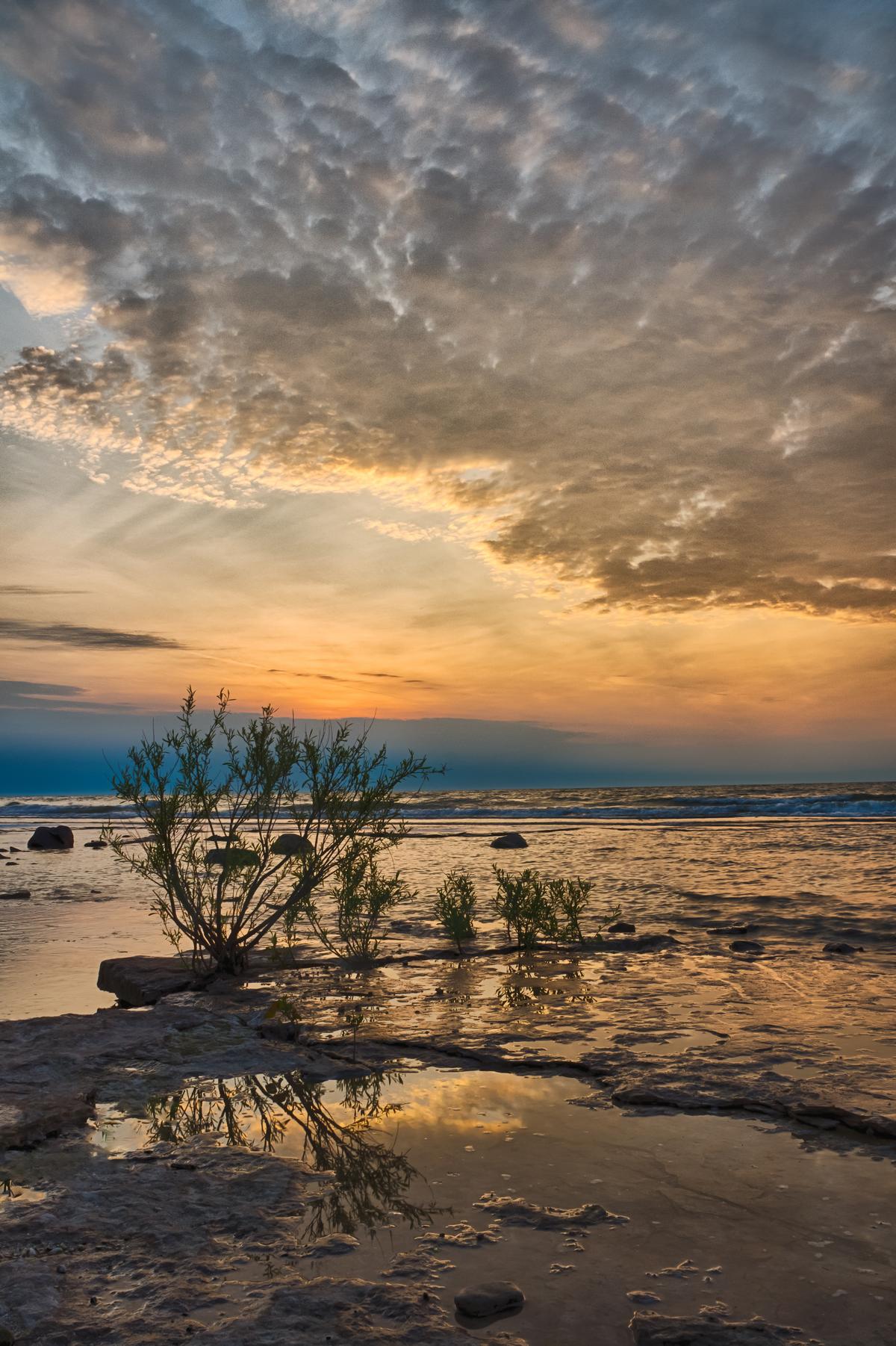


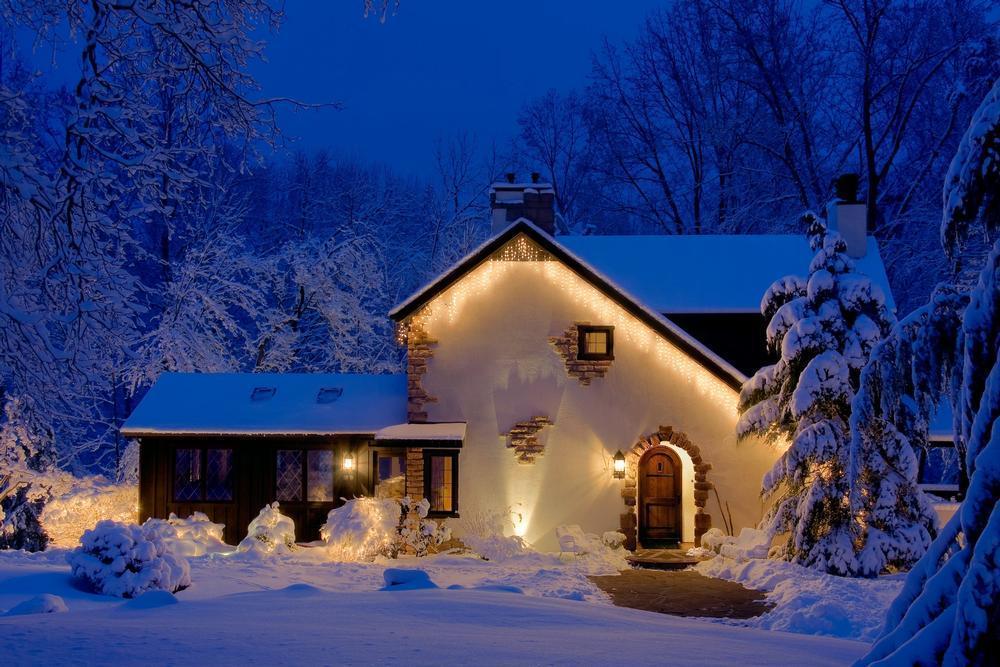
6. Glenlaurel - 1 hour southeast of Columbus
This is one of my absolute favorite romantic getaways in Ohio, a true Scottish-inspired country inn tucked deep in the Hocking Hills. Honestly, it’s one of the most elegant and enchanting places I’ve ever stayed in the Midwest. Driving down the wooded road and arriving at the stone gates felt like entering another world, a peaceful Highland retreat hidden in the hills.
We stayed in one of the Glenlaurel crofts for three nights, a cozy, stone cottage complete with a fireplace, whirlpool tub, and private deck looking out over the ravine. It was the perfect mix of luxury and tranquility, and it made celebrating our anniversary feel so intimate and magical.
- Location: Map & Directions
- To book, check availability or prices for Glenlaurel
What I loved best:
My personal highlight was returning to our croft each evening after dinner, lighting the fire, and listening to the quiet of the forest through the open windows. It felt like pure serenity — the kind of place that stays with you long after you leave.

7. The Grand Resort, Warren - 2 hours 40 minutes from Columbus
For me, this is the absolute best Ohio getaway when you want luxury, relaxation, and endless amenities all in one destination. It's especially a treat for golfers in addition to being a romantic getaway!
We checked in for two nights and I immediately felt like we had stepped into a luxurious retreat that had everything we could possibly want in one place.
The grand lobby set the tone with elegant decor and welcoming staff. I thought it was absolutely spectacular how seamlessly comfort and sophistication came together.
Our room for two days was spacious and modern, with plush bedding, sleek finishes, and a balcony overlooking the grounds.
One of my favorite parts was dining at one of the on-site restaurants. The food was delicious, and the atmosphere made the meal feel special without being over the top.
Later, we spent time at the cigar lounge and wine cellar, and I thought it was the coolest touch that added to the resort’s unique character.
We also got Swedish massages at the spa, and it was awesome to have such relaxing treatments available without ever leaving the property.
In the evening, walking around the beautifully landscaped grounds under the soft glow of lights made the whole place feel romantic and unforgettable.
- Location: Map & Directions
- Check prices at The Grand Resort
What I loved best:
I loved that the resort offered so many amenities, from indoor and outdoor pools to tennis courts and even a golf course. It felt like a hidden gem right in Northeast Ohio.
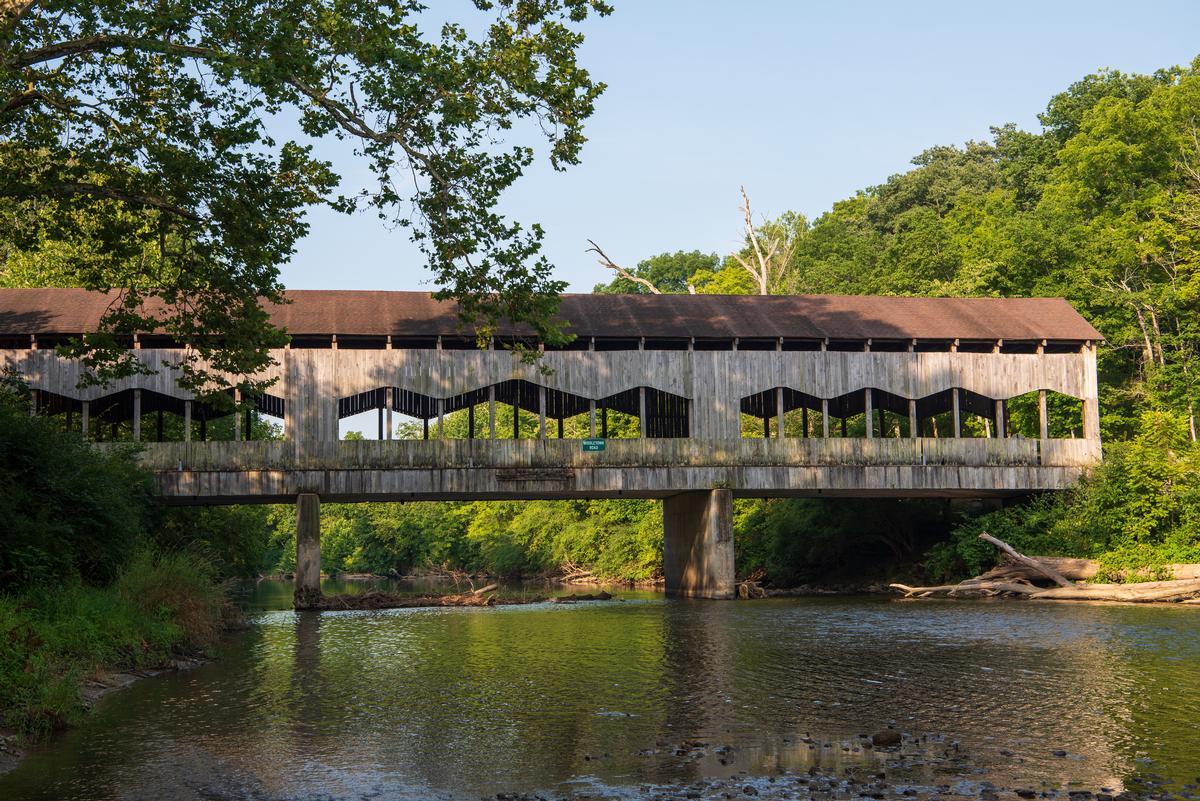
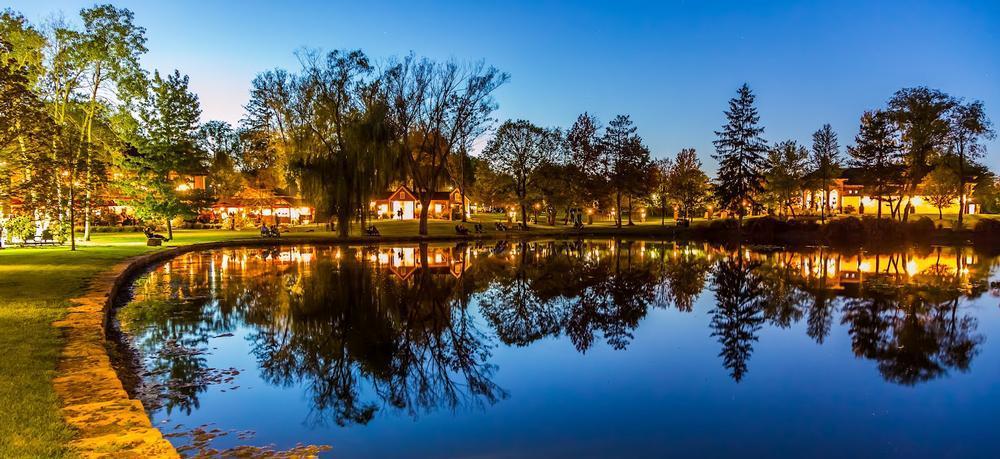
8. The Villa Suites at Gervasi Vineyard - 2.5-hour drive from Columbus, Ohio
For couples who prefer luxury over rustic charm, I think that this is the best weekend escape in the heart of wine country. Gervasi Vineyard Resort & Spa in Canton, which includes the Villa Suites, has won the coveted AAA Four Diamond award so you can trust that it's a quality place.
Our Tuscan-inspired suite for three days had a stone fireplace, heated floors, and a private patio overlooking the vineyard. I thought that the lush vineyard estate setting just draws you in and you relax without trying. If you call ahead and have a 60-minute massage as soon as you arrive, you will be totally in weekend vacation mode in no time!
The villas are perfect for couples or small groups seeking quiet connection and indulgence. Each morning begins with a chef-prepared continental breakfast delivered to your door, and the day might unfold with a leisurely stroll among the vines or a wine tasting at the nearby Crush House. My husband and I spent an afternoon exploring the grounds before cozying up by the fireplace with a bottle of Gervasi’s signature red.
- Location: Map & Directions
- Check prices at The Villa Suites at Gervasi Vineyard
For me, The Villa Suites at Gervasi Vineyard is one of the best romantic weekend getaways in Ohio. Why? What I loved best was that the setting provided one of those slow, golden weekends that lingers in your memory long after you’ve left. Chris and I both thought that it was so peaceful, romantic, and utterly rejuvenating.
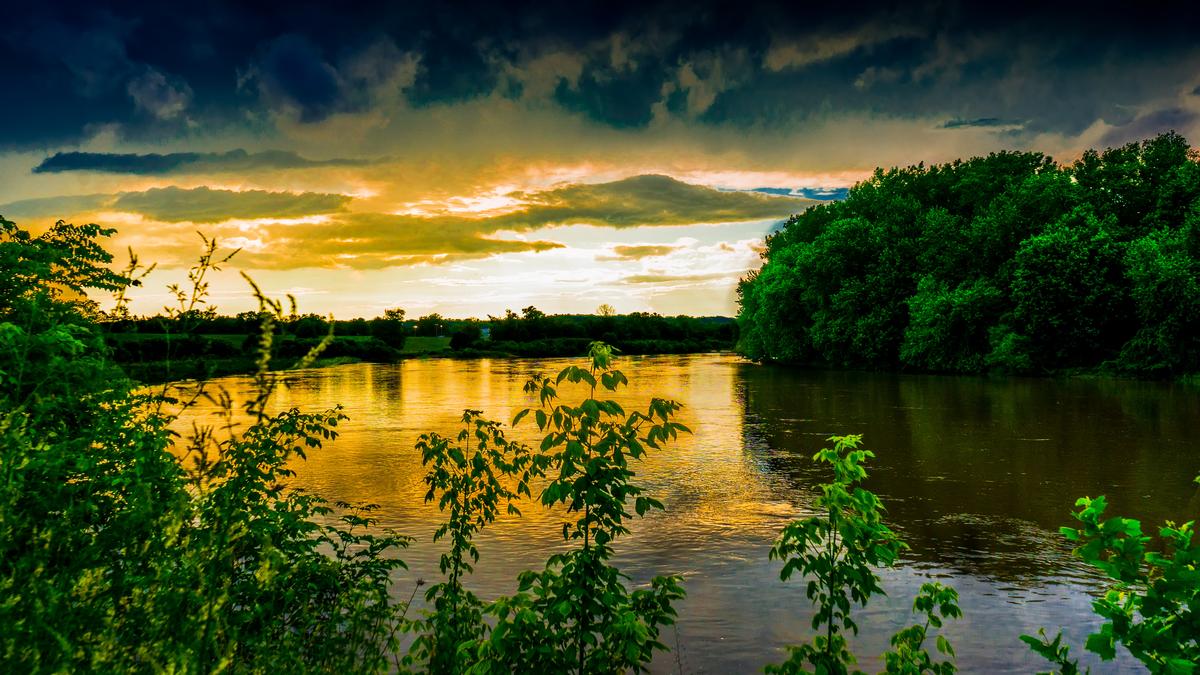
Booking Checklist
1. Book Your Flight - I use Expedia because I like their mobile app with my itinerary. They've helped me re-book flights on many occasions. Once you reach their Gold tier, support is especially good.
2. Book Your Hotel - I use Booking.com or Expedia, depending on my destination.
3. Book Your Rental Car - I use Expedia.
4. Book your tours on Viator or Get Your Guide.
5. If you are planning to visit more than three national parks in the next 12 months, buy the America the Beautiful Pass.
